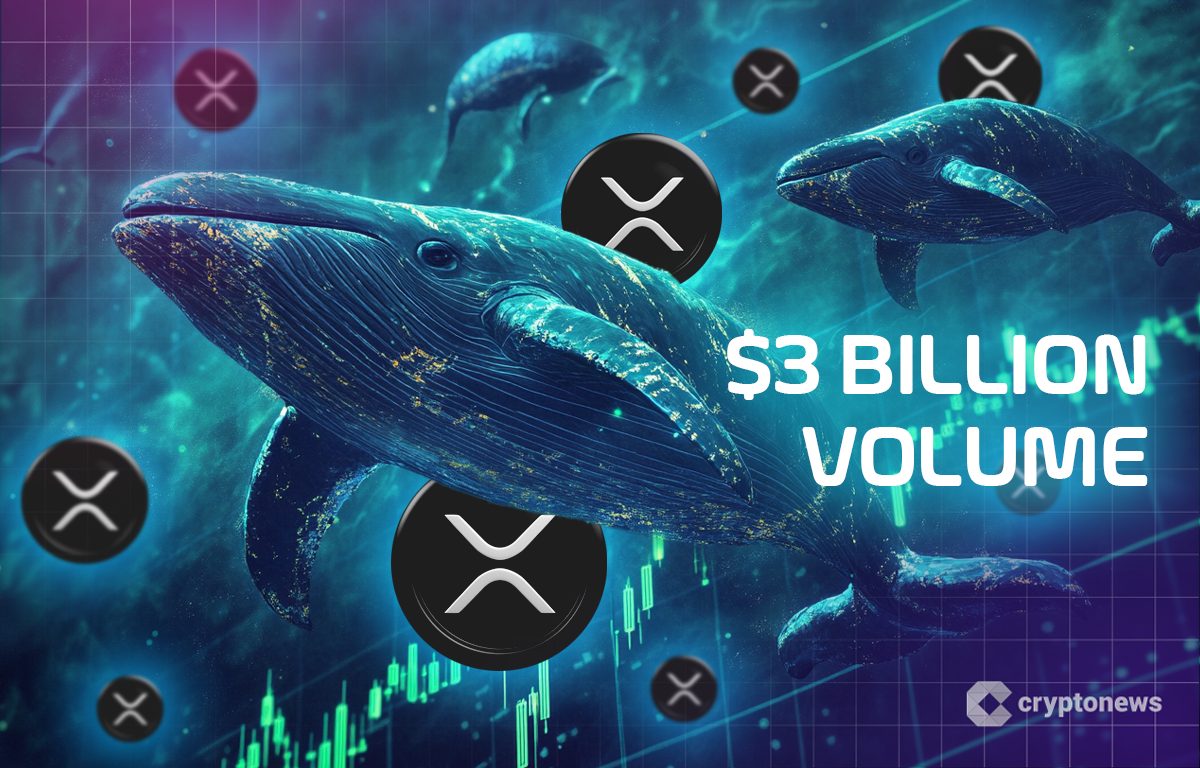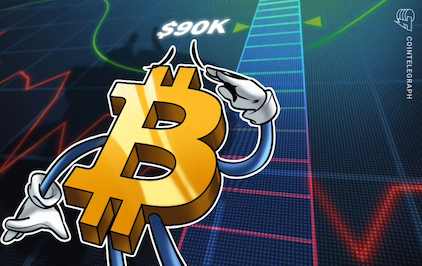👇1-15) Although bullish sentiment prevails in the Bitcoin/crypto space, there are moments when protecting fortunes or capitalizing on sharp price drops is crucial. On October 3, 2023, we published an article predicting a significant Bitcoin rally, contingent on the Fed maintaining its current stance, with the advice to "
Sell at the Fed's First Rate Cut." (No, our latest work is no longer accessible on Deribit, where this article was initially published). This perspective has gained prominence as the anticipated rate cut now appears driven by economic weakness rather than lower inflation.
👇2-15) In October 2022, while most were bearish, we adopted a bullish stance with a 2024 halving price target of $63,160, ultimately reaching $63,491 on April 20, 2024. Similarly, our 2023 year-end target of $45,000, which concluded at $43,613, was met with skepticism. Many were disappointed by our early February report, which set a 2024
Bitcoin price target at ‘only’ $70,000. However, we had forecasted the $60,000 to $70,000 range well in advance, based on our stock-to-flow analysis predicting diminishing returns over time, with a cycle high of $62,000. For more details, see our
May 9, 2024 report.
👇3-15) Bitcoin is primarily a momentum trading game where the trend is your friend—until it isn't. While we can outline potential cycle developments, trading the peaks and troughs requires reacting to breakdown or breakout signals. This approach might result in losses when false
buy signals occur during rallies, but effective risk management, such as using stop-loss orders, can protect most traders' capital. While many advocate for HODLing or dollar cost averaging, these strategies haven't favored those who entered Ethereum or Bitcoin from 2021 onward. Our
Ethereum short trading signal from July 22 yields a 20% profit; a much bigger correction might unfold.
Bitcoin Driven Largely by Leverage Shifts Since March ($bn)
👇4-15) The key difference between institutional and retail trading lies in the regulatory mandate for institutions to implement risk management principles. This is particularly crucial in the
crypto market, where the likelihood of many tokens declining by 99% is high. For example, Alameda and Three Arrows Capital notoriously outsourced their risk management to counterparties willing to lend them billions. However, in any serious investment firm, a risk manager will eventually intervene and enforce the liquidation of positions.
👇5-15) While institutions might incur losses of 20% or 40%, they won't hold positions until they become worthless. Every trader, institutional or retail, must take responsibility for risk management and establish an acceptable threshold for remaining long in their positions.
Bitcoin broke 59,837 support; minor support at 55,000, then at 42,000
👇6-15) Bitcoin has been stuck in a challenging trading range that resembles a topping formation for the past five months. We projected a price drop in April to $52,000-$55,000. Although Bitcoin's lowest point was $56,500, we promptly recommended re-entering the market above $61,000. In June, we forecasted another decline to $50,000-$55,000, with Bitcoin reaching $53,500. Again, we suggested re-entering just above $60,000. However, Bitcoin remains susceptible to range-bound trading without a strong market structure. We have since concentrated on identifying the factors that could trigger a breakout or breakdown from this trading range.
Bitcoin monthly stochastics indicator - showing the cycles
👇7-15) We utilized two monthly indicators to determine when Bitcoin would gain or lose momentum. The monthly stochastics indicator, when bottoming out, has consistently signaled a buying opportunity, while its peaks have reliably indicated a sell signal. For the past two months, we have highlighted this indicator's topping. The Bitcoin rally ended when it failed to maintain a position two standard deviations above the 21-month moving average, similar to the patterns seen in January 2018 and April 2021.
👇8-15) While we frequently analyze on-chain data, they often do not provide timely signals, which is our main focus. On-chain metrics, such as HODL waves, track how many short-term holders (3-6 months and 1-3 months) possess Bitcoin. Typically, these metrics rise during bull runs as more people enter the market. However, these figures have plateaued since the halving, indicating no significant influx of new money into crypto.
👇9-15) Additionally, on-chain data suggest that Bitcoin is undervalued when prices trade below the realized price (average cost basis). This implies that when the aggregate market price is below the realized price, Bitcoin is considered cheap. Currently, the realized price is $31,400.
👇10-15) As new participants enter the Bitcoin market and confidence in the network remains high, the system is poised for continuous price increases. However, periods of signific
ant price drops can also occur. Since mid-March, we have cautioned that downside risk could emerge due to slowing stablecoin growth and relatively weak ETF inflows, driven primarily by arbitrage positions.
👇11-15) Both rebounds in May and July 2024 were fueled by a sharp increase in futures leverage, despite a weak market structure and the absence of new entrants. Instead, larger players have sold altcoins and shifted their funds into Bitcoin. This strategy mirrors Block One’s approach after their ICO (instead of foolishly building the EOS ecosystem, as promised). Given the billions of unlocks observed in recent weeks, other players will likely adopt this strategy in 2024. Consequently, many altcoins are expected to experience significant declines. We have been very bearish about altcoins, especially Ethereum.
👇12-15) Every trader must act as their risk manager, recognizing that many scenarios can unfold (we can not stress this enough). ETF investors bought the dip when prices fell below $60,000 in July, despite the average ETF holder experiencing losses. This $60,000 level is also the threshold where Bitcoin mining becomes unprofitable for the industry, leading to significant price declines due to miners' high beta.
👇13-15) Although Bitcoin has been in a gradual downtrend, marked by three tops and two bottoms, we anticipate the support line at $55,000 will break, potentially driving prices down to $42,000. In such a scenario, Ethereum could drop below $2,000. While this may seem extreme to some, economic weakness (as indicated by
our ISM report), ongoing weak market structure, on-chain data, and our cycle analysis suggest further stress ahead.
👇14-15) We aim to help you understand the
markets by consistently sharing our latest insights. While not all of our analyses will be accurate, as markets are dynamic and new information can change previous outlooks, we strive to provide you with the most current and relevant perspectives. This is why professionals continually reassess and analyze the markets.
👇15-15) Bitcoin and crypto are here to stay and will continue to offer opportunities, but successful trading requires knowing when to engage and when to hold back when to place small bets, and when to go big. These principles are essential for staying in the game.






